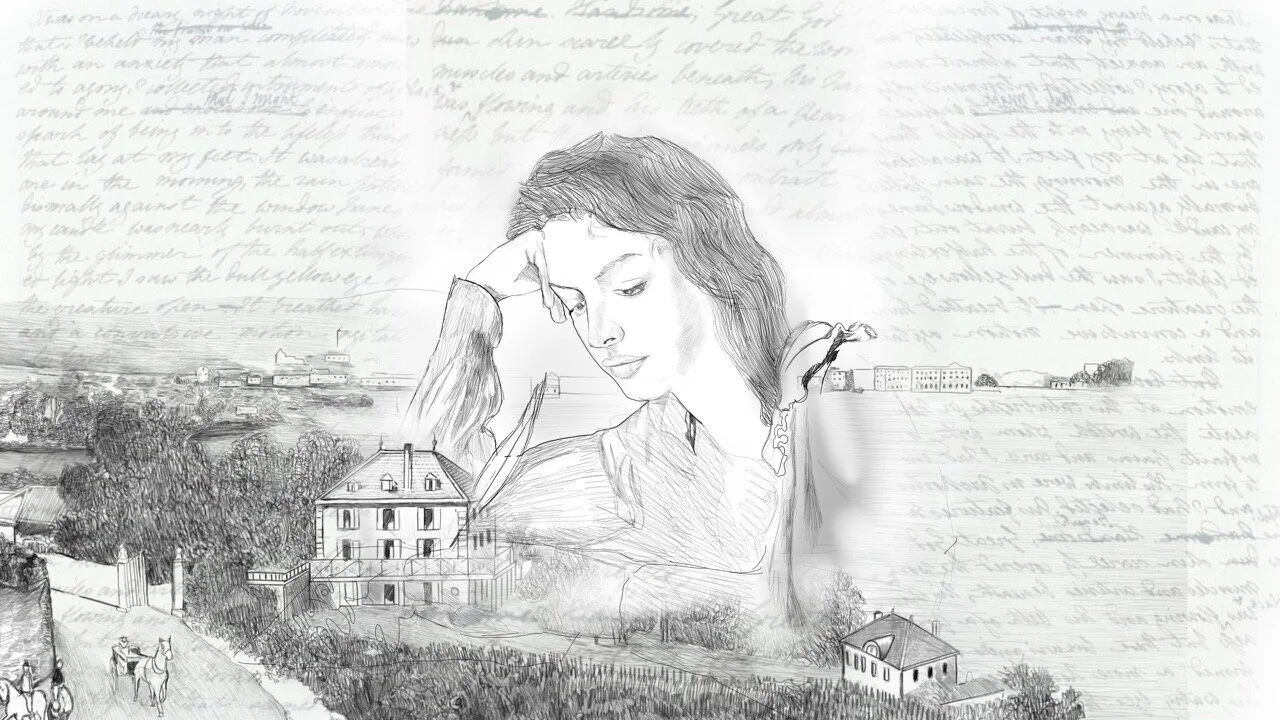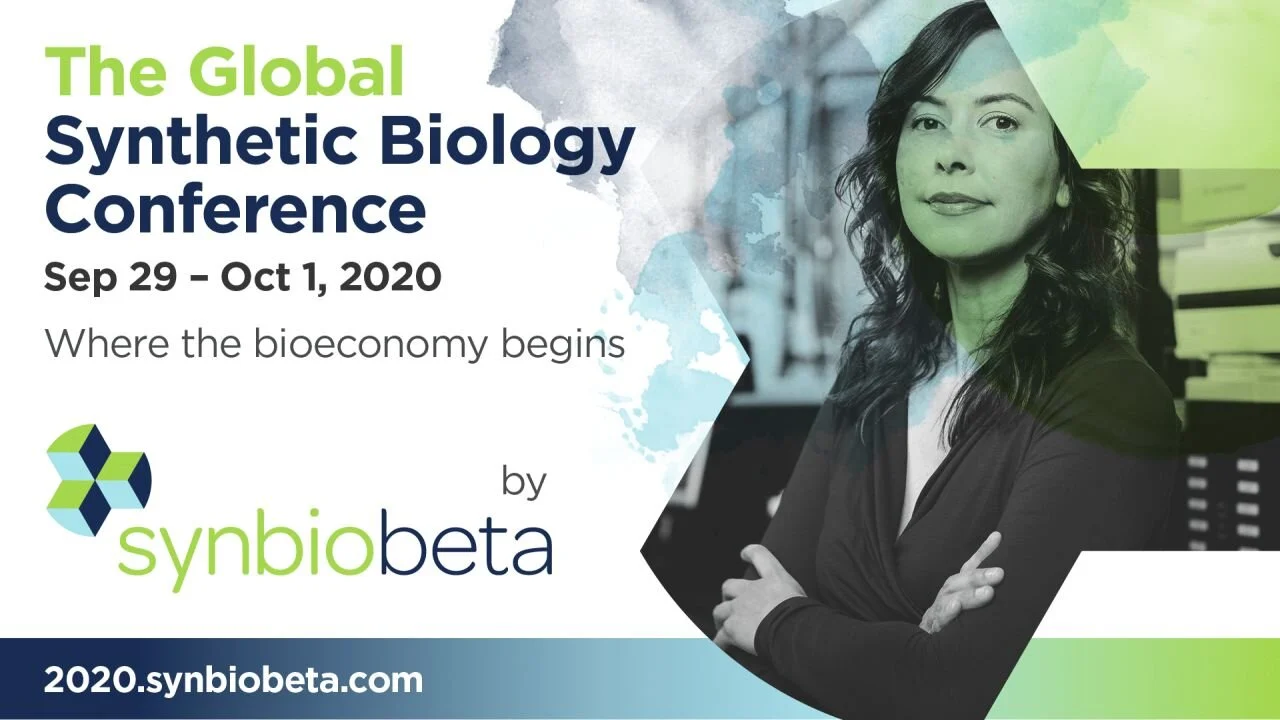What can iGEMers accomplish over a summer in lockdown?
by Nancy Burgess Christen
You are probably familiar with Mary Shelley’s novel, Frankenstein, the archetypal cautionary tale for science experiments that are not responsible or good for the world. Did you know that Mary Shelley conceived of the idea when she was 18 years old and forced inside all summer with a small circle of family and friends? In this post, I will discuss some of the conditions in which Mary wrote her novel in 1816 and draw inspiration from her situation for iGEMers who are doing Human Practices in the year 2020.
iGEM has always encouraged work outside of the laboratory through Human Practices
The coronavirus pandemic has caused unprecedented challenges around the globe this year. For the iGEM community, the pandemic has exiled many of our young scientist competitors outside of their laboratories. To accommodate all teams, the judging criteria have been modified in 2020 such that any team can earn a gold medal, whether they have laboratory access or not. However, iGEM has always required that at least some work is done outside of the laboratory, namely Human Practices.
Through Human Practices work, you and your iGEM team are expected to think carefully and critically about the broader impacts of your work in synthetic biology. You must demonstrate to your peers and iGEM judges that your work is responsible and good for the world. Ideally, your Human Practices efforts would be as iterative as any good engineering project; as your team engages with stakeholders, communities, regulators, policy makers and the like, you will use feedback to refine your experimental approach. Beyond this, the guidance is not prescriptive – and this is intentionally so. Teams are encouraged to be creative in the ideas and the methods they use to explore important “issues in ethics, sustainability, inclusion, security, and many other areas" [from the iGEM 2020 Human Practices Hub].
Frankenstein as a thought experiment in Human Practices
The practice of evaluating and exploring the impact of science on society and the environment has a long history. One foundational and monumental work is Mary Shelley’s novel, Frankenstein. The novel introduced to literature the archetypal mad scientist who operates freely outside of the constraints of morality, ethics and safety. The titular character, Viktor Frankenstein, is a university student who becomes consumed with his own ambitions and sense of grandeur. He creates a human-like being so gruesome and horrifying that Frankenstein abandons the Creature. Filled with self-loathing and rage at its creator, the Creature methodically destroys Frankenstein’s family. The young scientist dies in retaliatory pursuit of his creation, and the Creature may still wander among us.
Image from Wellcome Library, London (CC-BY 4.0) Source: link
The Creature is never given a name; its life becomes so intertwined with its creator’s that the scientist’s name has become synonymous with his creation. We know Frankenstein as both a scientist and, more popularly, as a monster. Mary Shelley’s novel is a powerful cautionary tale for all scientists.
(Footnote: A thorough analysis of this novel is well beyond the scope of this blog post. To read more insight on the book by experts from diverse fields, or to add your own thoughts, check out this joint project by Arizona State University and the Massachusetts Institute of Technology: https://www.frankenbook.org/.)
A nightmare turned novel
Public Domain image (CC0 1.0) from https://www.flickr.com/photos/wbayercom/30924017282/in/photostream/
Mary was not a scientist. The image of the future Dr. Frankenstein leaning over his terrifying and powerful creation came to her in a dream as she struggled to come up with an original horror story. In the 1831 preface of the novel, she wrote:
“ In the summer of 1816 we visited Switzerland [from England], and became the neighbours of Lord Byron. At first we spent our pleasant hours on the lake, or wandering on its shores…But it proved a wet, ungenial summer, and incessant rain often confined us for days to the house… ‘We will each write a ghost story,’ said Byron; and his proposition was acceded to…At first I thought of but a few pages—of a short tale; but [Percy Bysshe] Shelley urged me to develop the idea at greater length.”
The story began in lockdown
Much as the coronavirus pandemic has challenged the 2020 iGEM teams, a natural disaster of unimagined magnitude confined Mary inside for a long period of time. While Mary’s plans changed to accommodate the “wet, ungenial summer” in Switzerland, the entire globe was experiencing drastic weather deviations that year. The wild weather was due to the largest volcanic eruption ever recorded. Mount Tambora’s eruption directly killed an estimated 70,000 people in present day Indonesia and may have been indirectly responsible for hundreds of thousands more fatalities abroad due to famine and disease. The extreme amount of debris the eruption put into the atmosphere blocked sunlight, dropped temperatures and increased precipitation across the world. The year 1816 was known in North America and Europe as the “year without a summer.” (Source: https://www.wired.com/2015/04/tambora-1815-just-big-eruption/)
Photo by: NOAA Environmental Visualization Laboratory; This image was captured by the Advanced Himawari Imager (AHI) on Japan’s Himawari-8 satellite. https://www.nesdis.noaa.gov/content/day-history-mount-tambora-explosively-erupts-1815
Although the natural disaster confined Mary physically, her indoor environment expanded her intellectually. Her companions that summer were her poet-partner Percy Bysshe Shelley; her like-minded stepsister, Claire Clairmont; the English Poet, Lord Byron, and Byron’s personal physician and friend, Dr. John Polidori. Mary’s lockdown party was intimate, mentally stimulating and uniquely supportive of a woman expressing herself through writing. Similar to the intellectual environment Mary enjoyed, we have already seen in virtual gatherings that the 2020 iGEM teams are full of diverse, bright, and optimistic people who challenge and encourage each other.
Personal experiences on the pages
As Mary was emboldened by her peers, she developed her nightmare vignette into a full-length novel. In doing so, she created a plot line that explored the themes which were most relevant to her own life. Here are two examples of personal experiences that likely shaped her text.
One, Mary witnessed some of the ugliest sides of humanity. The 1816 trip to Switzerland was not a vacation; rather a retreat from her family and the society that rejected her for an illicit relationship with the married man, Percy Bysshe Shelley. It was their second trip to the main continent of Europe for the same purpose. On their first trip in 1814, she and Percy Shelley moved through a French countryside that had just been ravaged by the Napoleonic wars. Food was difficult to find. Man-made misery was everywhere. She explored both the good and evil nature of mankind in her novel when the Creature asks, “Was man, indeed, at once so powerful, so virtuous and magnificent, yet so vicious and base? (pg. 97)
Two, Mary’s short mortal experience was steeped in the giving and losing of life. By the summer of 1816, Mary was just 18 years old. She had already given birth twice and buried one of those children. It is not surprising that she explores the very purpose of human existence in her novel. Through the voice of Frankenstein’s Creature, she wonders, “My person was hideous and my stature gigantic. What did this mean? Who was I? What was I? Whence did I come? What was my destination? These questions continually recurred, but I was unable to solve them.” (pg. 106)
What does Mary Shelley’s example mean for us?
Mary Shelley wrote about her experiences through an allegory about a science experiment. As Mary demonstrated over 200 years ago, not only can science advance society, but science can also help us explore our own humanity. The novel succeeds because it is at once universal and deeply personal. Your own strongest iGEM work will come from your deepest motivations. What can you do for your iGEM project? Can your motivations be expressed in how or why you do science? Do they find a voice in the way you solve problems?
iGEMers have always been challenged to rise to this ethos through Human Practices. Peter Carr, the Director of Judging, explained, "Human Practices is the study of how your work affects the world, and how the world affects your work.” The experiences you have had your whole life, and perhaps most especially in the turbulence of 2020, may drive you forward to explore the problems and solutions most personal to you as Mary Shelley did. While you have been locked out of your physical laboratories, you and your iGEM team have been given opportunities of another sort: time to dream, time to reflect, time to think, time to imagine, time to analyze, time to write, time to discuss, time to share.
I can’t wait to see the Human Practices work that the iGEMers of 2020 create.
Additional Sources:
Source for biographical details and analysis of Mary Shelley’s life:
Gordon, Lyndall, Outsiders: Five women writers who changed the world. Johns Hopkins University Press. 2019
Source for cited page numbers:
Shelley, Mary. Frankenstein. Annotated for Scientists, Engineers, and Creators of all Kinds. Edited by David H. Gunston, Ed Finn, and Jason Scott Robert. Massachusetts Institute of Technology Press. 2017










